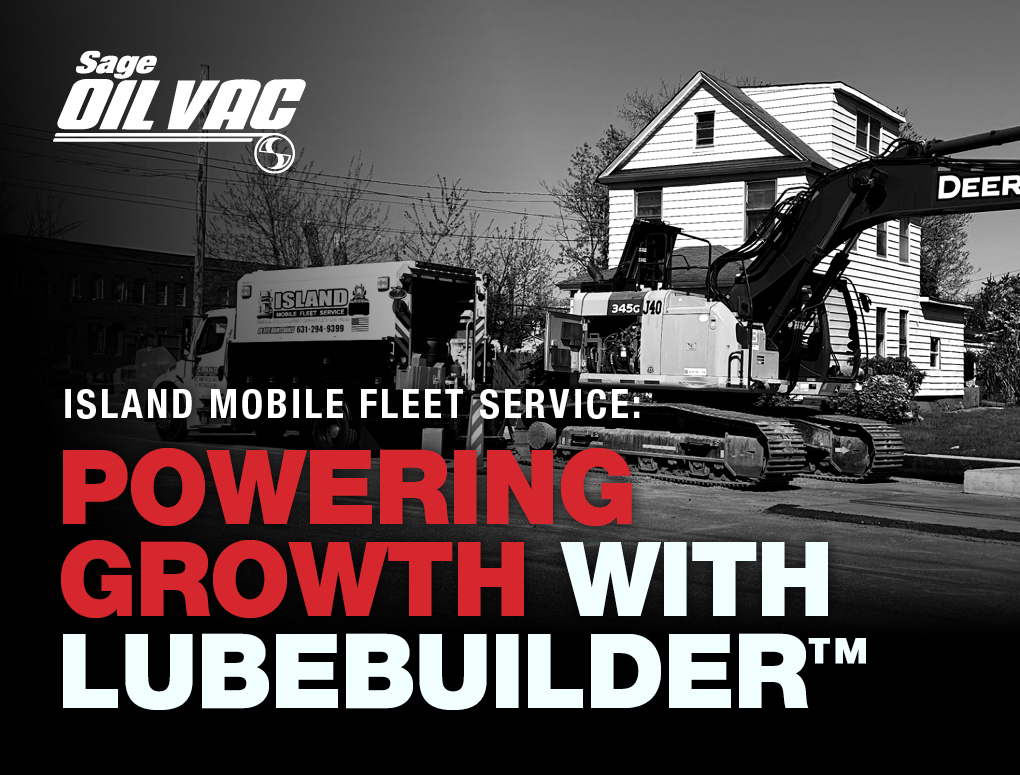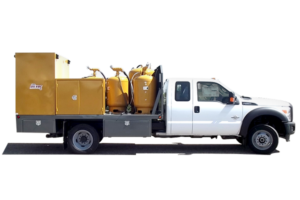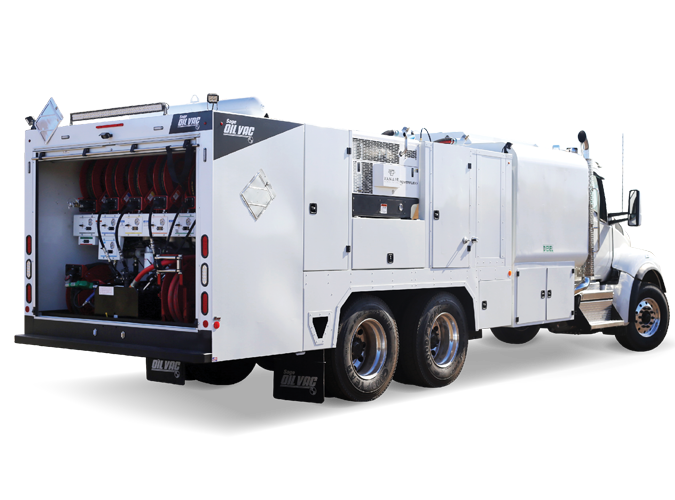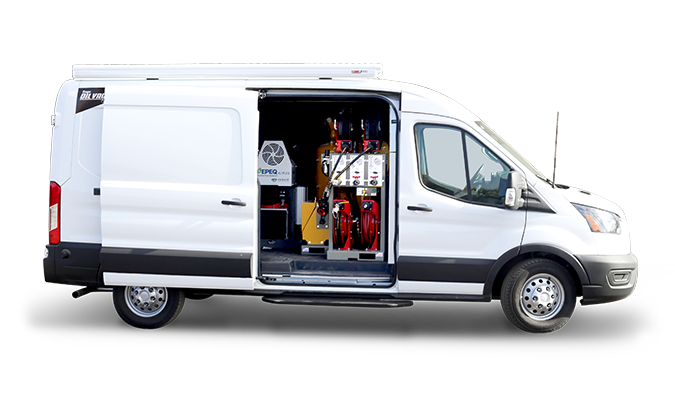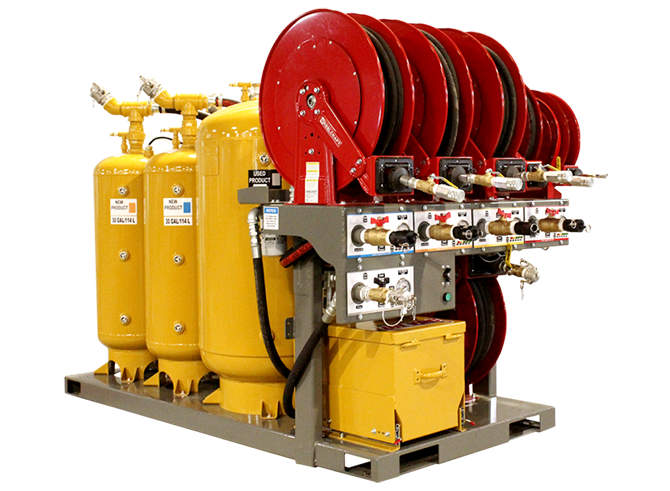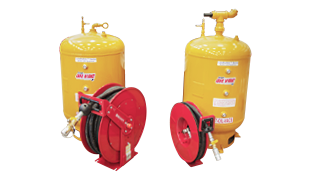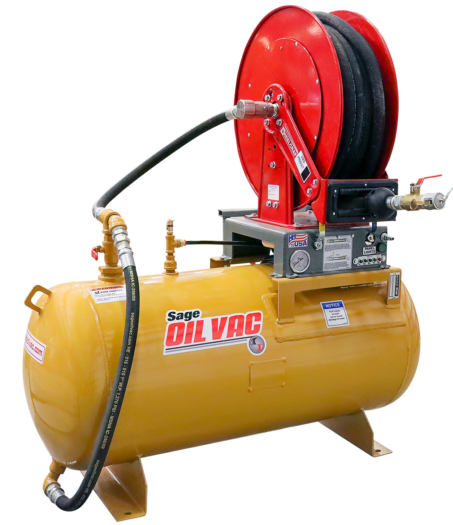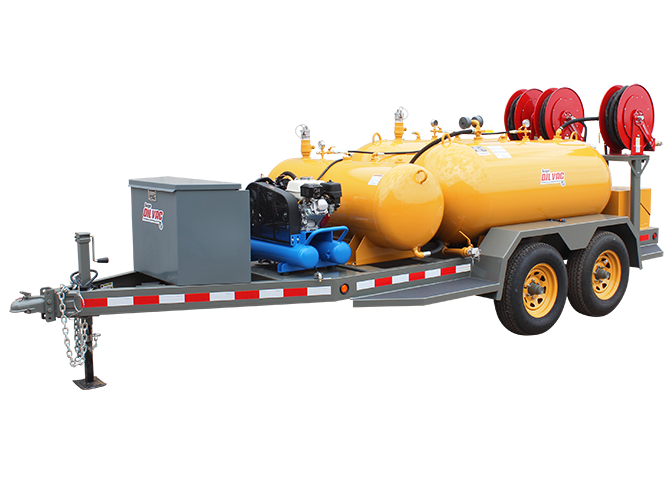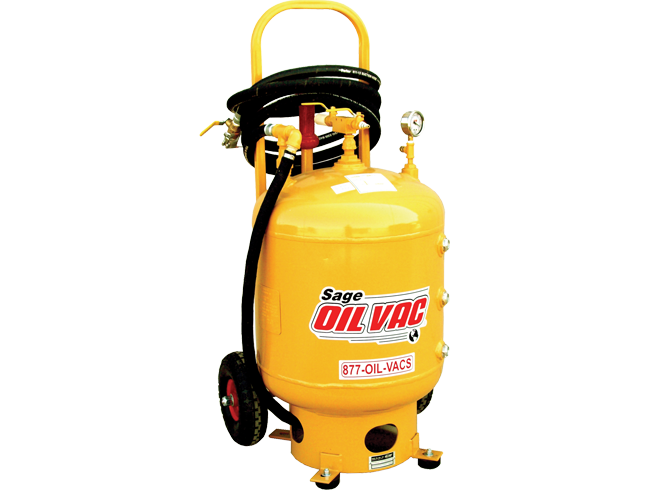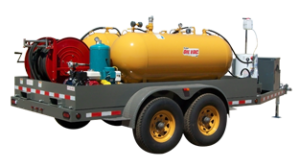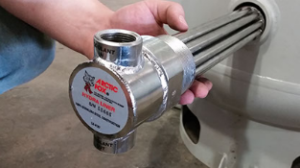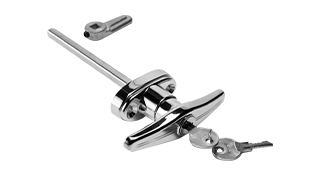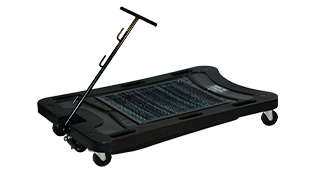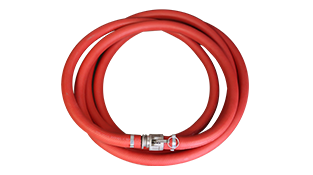Tips To Build Effective Preventive Maintenance Programs
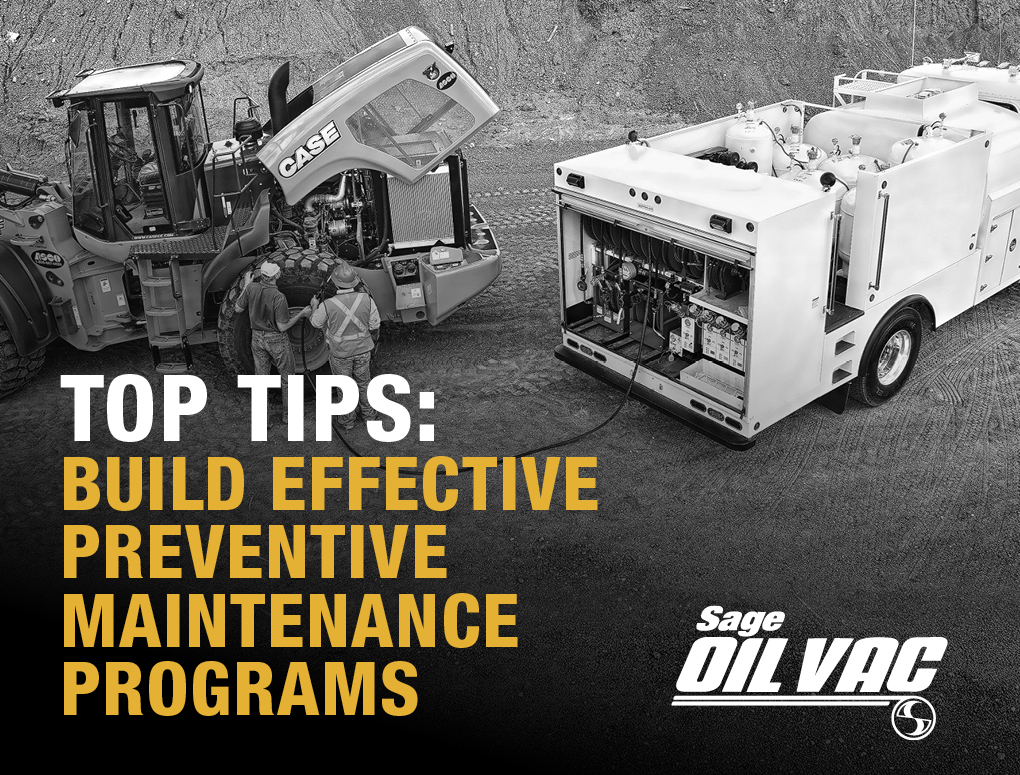
You’re already aware of how preventive maintenance (PM) programs can help reduce operating costs, increase reliability and extend equipment life. Yet many operations remain stuck in a corrective maintenance rut where they spend much of their time repairing or servicing machines that are down.
While preventive maintenance is a simple concept, developing actual preventive maintenance programs prove more challenging. Where do you start?
Break the process into a few manageable steps.
Set goals
Start by defining what you want to achieve. Are you targeting reduced equipment failures and downtime, decreased maintenance costs or extended equipment life? The answer to this question can help determine how your preventive maintenance program can be structured.
For instance, if your primary goal is to maximize uptime, service speed may be an important element in your preventive maintenance efforts.
“The quicker the PM can be performed, the faster equipment can get back to work. If the maintenance can be performed during off hours, the machine will be ready to go when an operator’s shift starts,” says Aaron Sage, CEO, Sage Oil Vac.
Create an asset list
Preventive maintenance programs require careful documentation. Create a list of all machines in your fleet and their condition. This should include the make, model and serial number for each machine in your preventive maintenance program.
Make a checklist outlining the required maintenance task schedule, including inspections, adjustments and calibrations, and replacement of disposable components for each machine. Include a list of all the fluids, filters and common service parts — as well as quantities — required to perform the maintenance.
In order to coordinate maintenance, you will need a way to track each machine’s location, usage and the maintenance schedule checklist. A tool like a computerized maintenance management system (CMMS) can ensure work is not missed, lost or ignored.
Develop a personalized approach
Identify the optimum maintenance interval for each asset. This can be based on time or usage. Time-based preventive maintenance may occur daily, weekly, monthly, quarterly, semi-annually or annually. Usage-based frequencies can be based on runtime hours or mileage.
Preventive maintenance programs can be structured around a central service shop or mobile jobsite service vehicles. Is it more efficient to bring your equipment to a central service facility or to service equipment on the jobsite? Often servicing equipment on the job saves transportation time and cost, allowing crews to service multiple machines during off hours for maximum utilization.
Choose the right solutions
After your preventive maintenance program is structured, it is time to locate the best service and lube solutions. With numerous options and configurations available, it can be overwhelming to determine which mobile lube equipment is the best fit for your needs.
Fleet size, the distance between jobsites, and fluid types and quantities needed for service all factor into your best fluid maintenance solution. You want to be able to carry all the fluids, filters and components necessary to perform service without multiple trips back to the shop. There isn’t a single solution that meets the needs of every preventive maintenance program. That’s why Sage Oil Vac offers a full line of lube skids, fuel and lube trailers, and lube trucks and bodies. Our expert team can help you identify the best solution for your unique needs.
Fluid exchange speed is another important consideration for many preventive maintenance programs. For example, the Sage Oil Vac pump-free design can fill products at a rate of up to 20 gallons per minute. It can also vacuum hot motor oil from equipment at up to 6 to 8 gallons per minute. That’s much faster than conventional pump-based fluid exchange systems. The time savings translate into more machines serviced per day.
Accuracy can be another important consideration in the selection process. Each Sage Oil Vac mobile lube system offers a digital meter to ensure you fill machines with the proper amount of fluid. Certain meters offer preset functions that allow you to set the amount of oil needed to refill the tank. No more underfilling or overfilling.
Train technicians on the process
In addition to the proper tools, well-designed preventive maintenance programs need without properly trained technicians. These technicians will need to understand the process of capturing and documenting necessary information in the field.
Track and adjust
Lastly, a good preventive maintenance program constantly evolves. Over time, ask yourself: What is working well? What are the pain points? Am I achieving my stated goals? If not, why?
It is necessary to track results and continually adjust the program to meet defined objectives and adapt to evolving business demands.
In summary, the steps to create a successful PM program include:
- Set goals
- Create an asset list
- Identify optimum maintenance intervals
- Choose the right equipment
- Train technicians
- Track and adjust the PM program
It is often helpful to seek outside advice. Sage Oil Vac can help you find solutions to refine your preventive maintenance program.



